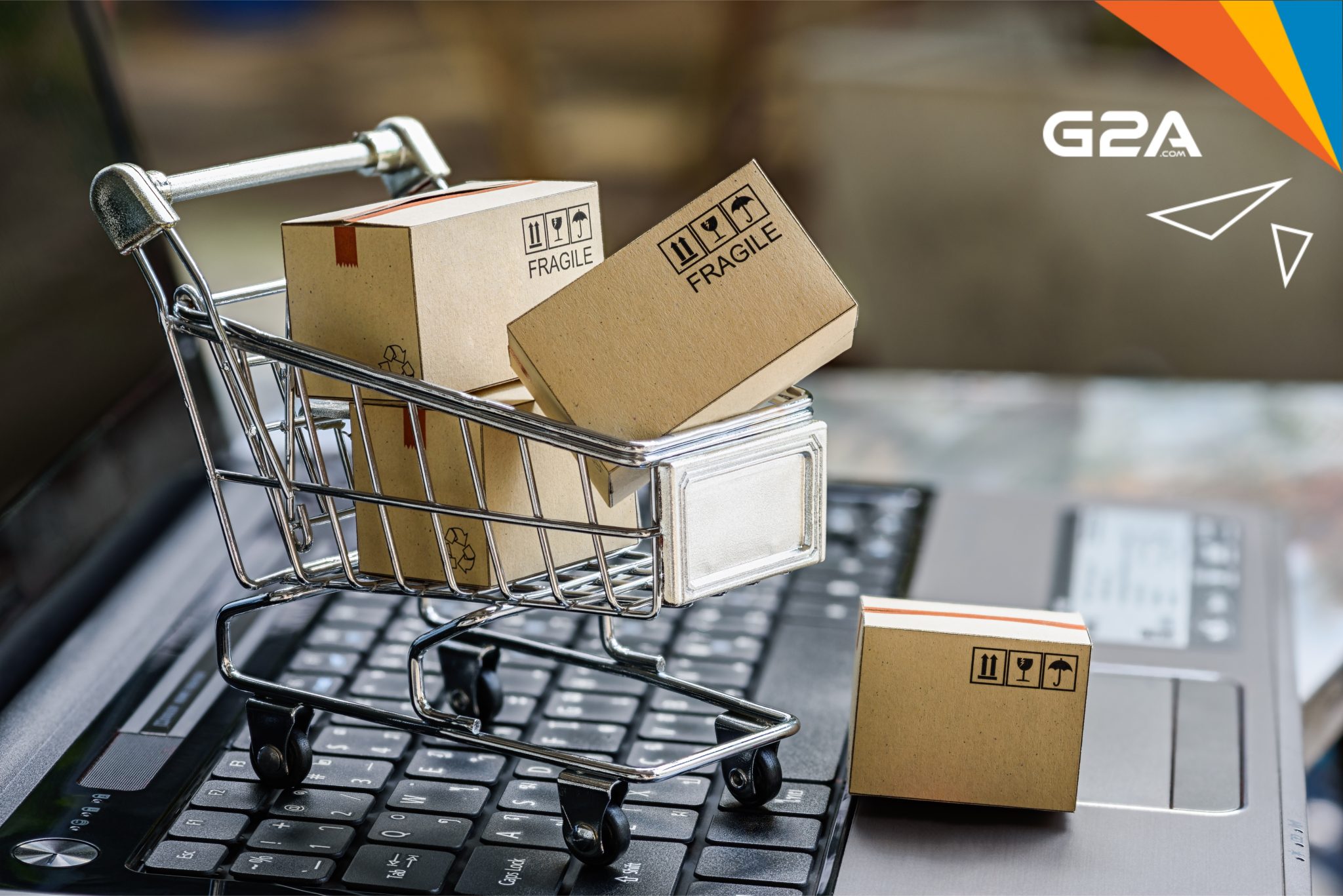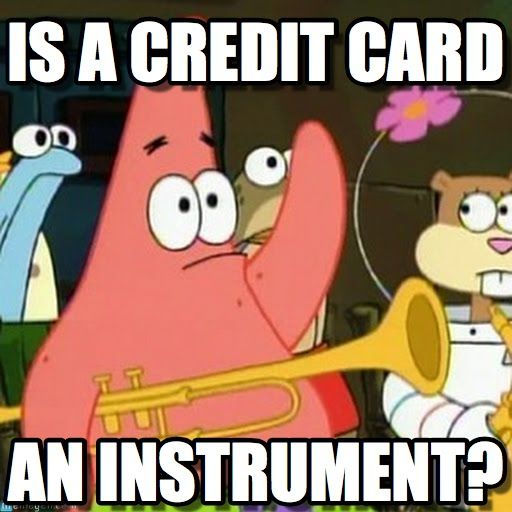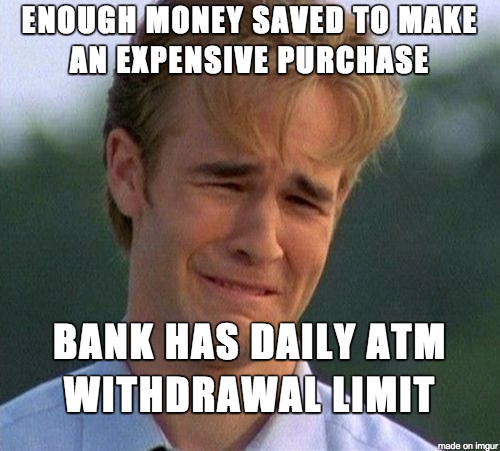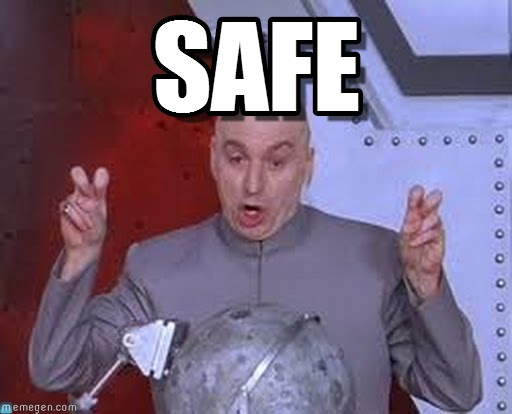Safe shopping with G2A: key things to know about online payments

Online shopping is the best thing next to sliced bread, because it allows us to purchase from the other corner of the world with the click of a button instead of having to wait for the products to come to our countries and markets. With digital products this is even more convenient as you’ll get the product immediately.
But how exactly does it work? Well, let’s go in piece by piece. I primarily wanted to talk about the refund process because that’s one of the most stressful parts, but that’d be putting the cart ahead of the horses. So, we’ll talk about:
a) Multiple types of payment methods,
b) What the payment process looks like, and finally:
c) What happens when it all goes south!
I will use simpler terms that might not even be used by banks, as I want this piece to be more reader-friendly. Also, remember to take all this info with a pinch of salt!
1. Credit cards

I want to start with credit cards because that’s what almost everyone calls the payment cards issued by banks. In reality, “credit card” is an umbrella term used by people to describe two different types of cards: one is the famous credit card itself, and the other is the less famous, but more widely used, debit card. Let’s talk about the former first.
The purpose of credit cards is to allow their users to make purchases throughout the month and worry about the payment itself at the very end of the month. Credit cards also usually have a ceiling or limit, which is the highest amount they’ll allow you to spend each month. At the same time, some credit cards will have a minimum spending value as well.
Think of it as the bank (or card issuer) paying it in your stead, and you just having to pay it back later. While the exact inner workings of the credit card industry are not understandable for mere mortals such as myself, I know all I need to know, which is good.
Possible issues with credit cards:
When you pay with a credit card, it covers the payment for you and authorizes the purchase. For the most part, this should be a smooth process, and you should receive payment confirmation almost instantaneously. However, sometimes the website you’re paying on can have difficulties loading, or the payment itself may be rejected. What happens next?
Well, for the most part, the payment shouldn’t go through. However, if it actually does and you see a charge applied, all you need to do is just contact the support team of the website you’re purchasing stuff on. They should be able to tell you what the status of the payment is, and if there’s a need to take any action.
If you do see the payment in your transaction history, it’s likely that there was an attempt to pay, and maybe the funds were even reserved. While it may stay there, when the time comes to calculate the total amount spent and send you the bill, that transaction will be dismissed, and you won’t be charged for it. Since the funds have been “reserved” for payment, but never used, the transaction is therefore considered cancelled. I’d still advise you to contact support services for either the card issuer or the merchant you’ve attempted to purchase from. Better safe than sorry!
2. Debit cards
Ah yes, the debit card. Only slightly more popular, to be honest, but this is perhaps the safest bet, right after just being very careful with your finances. What happens with the debit card is rather straightforward; the card is directly linked with the holder’s bank account, and it debits from that account when there’s a payment request. It’s as simple as that.
This also means that certain other restrictions may apply. Some banks even prevent the usage of their cards for online purchases by default (which is a rather weird move nowadays, but it happens). At the same time, there may be restrictions for the amount of money that can be spent in a single transaction, both at a physical point of sale or an online merchant. These are all restrictions that can be managed via online banking or directly in the bank, so you can always bring this topic up with them and check the rules before proceeding with online purchases.

Now, onto the transactions themselves!
If everything goes well, you won’t have to worry. The transaction should be accepted by the bank immediately and you’ll get a payment confirmation. What happens in the background is that the bank assures the payment processor that yes, you are able to cover this payment, so they can just deliver the product because they’ll get the funds for sure. The funds will be reserved on your account, and your bank will then begin the process of transferring the cash from your account to the merchant’s, a process which usually takes around 3 working days. But we’re here to talk about what happens if something goes awry, so let’s get right to it.
Possible issues with debit cards:
If you get any issues with payment, the best you can hope for is that your bank and your account have not been pinged. If they have, though, you’ll see the attempted transaction in your transaction history. The reason it’s there is because the bank received a request to withdraw this amount from your account for payment purposes, so in this stage it’s set to “pending.” You can even sometimes see that technically you still have the funds in your account, but because they’re reserved for the payment, you won’t find them in your available funds.
Two things will have to happen: either a refund or cancellation.
If you see this transaction but you received a broken connection or rejected payment, try to contact the page where you’ve made the purchase. They should be able to confirm the status of the payment, and maybe even cancel it for you.
If the payment failed, the cancelation from the merchant’s side should remove the pending status from the payment and redeposit these funds to your available balance. It should technically happen within just 3 days.
If the payment did go through, the merchant will be able to request that the payment be reversed via the payment processor portal. This refund will take between 3 to 5 working days, depending mostly on your bank’s policy.
3. Safe payment methods
Safe payment methods are payment methods that do not share personal details, and as such you can’t be offered any refunds because there’s no possible way to trace them back to the account in question. This includes PaySafeCard, Sofort, and even Bitcoin. And for the most part, there are very few issues regarding these payment methods. They’re simple and straightforward to use (except for Bitcoin, that one is a little bit trickier than the rest) and usually won’t cause you any trouble whatsoever, which is nice.

Well, usually they don’t.
Sometimes you’ll come across an unexpected error, or the item you just purchased needs to be refunded. Usually a shop that allows these kinds of payments will have a built-in e-wallet system, such as our G2A Wallet. In rare exceptions, the funds can be returned. This is the case with Bitcoin, which can be sent back to the user’s Bitcoin wallet if they provide it.
There’s not much more to say here, really. The best I can advise you to do is get used to the payment methods themselves, and the names of each reference since if you need to contact support they’ll have to ask for very specific references. If you know these, you will make life easier for both the support team you’re contacting and yourself.
4. Boleto & boleta – payment slips
These are two very specific payment methods that are pretty much exclusive to South America. To be honest, this part should probably be in Spanish or Portuguese, but oh well. Boleto and boleta, commonly known as payment slips, are quite popular in South America since the region doesn’t have a lot of payment card users, or they are mostly applicable locally. For this reason, the users from these areas wouldn’t otherwise be able to purchase from G2A without these convenient payment methods!
What happens is rather simple. A person makes a purchase, but instead of paying, they print out a slip. The slip can then be paid at a bank or kiosk, and after 72 hours the payment is successfully completed. The bank then proceeds with the transfer in the name of the user; we might never get to know what happens behind the scenes. Let’s just agree it all happens thanks to the arcane magic of payment processors that ensure that your order is successfully completed. But do they offer refunds?
No.
The bank transfer can go one way, but not the other. However, as discussed in the previous point, the funds can still be redeposited in a user’s G2A Wallet. All in all, thanks to G2A supporting this payment method, many customers from South America are now able to use our marketplace’s services without any hassle.
Last considerations
My best advice really is to get acquainted with the payment method that you use regularly. Seriously. This will limit the anxiety you may feel when something goes awry. Knowing what you need to know and look out for will make life easier for you and the support team you’re supposed to contact.
I would also advise not spending money you don’t have. While this may sound like basic financial advice, it’s fundamentally saying “if you can’t be comfortable without this money, don’t spend it.” In case of any issues with the purchase, you’ll be without the product you bought and the money you spent for these average 72 hours it takes for the refund to be processed. Unless it’s PaySafeCard — then it’s all good.
I hope this article was useful! You’ll notice that I touched upon only the basic payment methods, including local South American tools; this is because I can only speak from experience, and these are the most common payment methods I use. Let me know if you have any suggestions for payment methods you’d like to know more about!